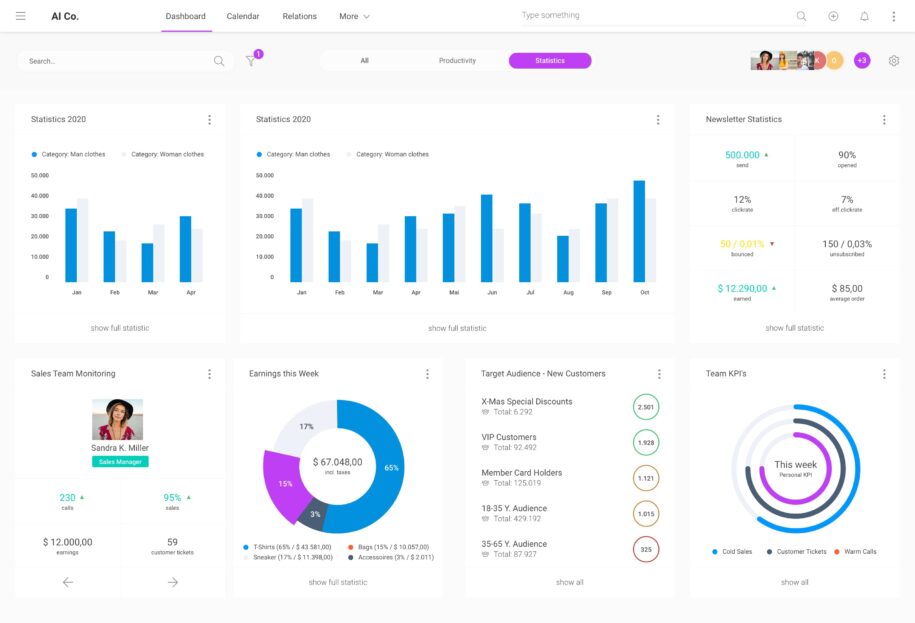Dreaming of launching a startup? It’s an exhilarating journey, but before you pour time and money into your idea, you need to validate it. Validating your startup idea helps ensure there’s a market need and that your solution addresses it effectively. In this article, we’ll explore the essential steps to validate your startup idea, saving you from potential pitfalls.
Conduct Thorough Market Research
Analyze Market Trends
Begin with comprehensive market research. Look at current market conditions and future predictions. Are there emerging trends that align with your idea? Understanding the market landscape helps you identify opportunities and avoid saturated areas. Forbes provides a great resource on how to conduct effective market research.
Identify Your Target Audience
Knowing your target audience is crucial. Who are your potential customers? Analyze their demographics, needs, and preferences. This information guides your product development and marketing strategies, ensuring your idea resonates with the right people. Harvard Business Review offers insights on understanding customer needs through the jobs-to-be-done framework.

Evaluate the Competition
Identify Competitors
Competition analysis is vital. Identify both direct and indirect competitors. Who are they, and what are they offering? Mapping out the competitive landscape helps you understand where your idea fits in and how you can differentiate yourself. Entrepreneur explains how to conduct a thorough competitor analysis.
Learn from Competitors
Study your competitors’ strengths and weaknesses. What are they doing well, and where are they falling short? Use this insight to find opportunities for improvement and innovation. Standing on the shoulders of giants can give you a head start. Inc.com discusses the importance of competitive research in detail.
Gather Customer Feedback
Use Surveys and Interviews
Direct feedback from potential customers is invaluable. Design surveys that address key questions about your idea. Conduct interviews to dive deeper into their needs and preferences. This firsthand information can validate your assumptions and highlight areas for improvement. SurveyMonkey offers tools and tips for creating effective surveys.
Leverage Online Communities
Online communities are a goldmine for qualitative feedback. Engage with groups relevant to your industry. Share your idea and invite discussions. The feedback you gather here can provide diverse perspectives and uncover potential issues you hadn’t considered.

Develop a Minimum Viable Product (MVP)
Purpose of an MVP
An MVP is a simplified version of your product designed to test core functionalities. It allows you to validate your idea with minimal resources. By focusing on the essentials, you can gather user feedback and make necessary adjustments before a full-scale launch.
Create and Test Your MVP
Building an MVP involves identifying the key features that solve your target audience’s primary pain points. Test your MVP with a small group of users. Collect and analyze their feedback to refine your product. This iterative process helps ensure your final product meets market demands.
Assess Financial Feasibility
Estimate Startup Costs
Understanding the financial aspect is crucial. Estimate your initial investment and operational expenses. How much will it cost to develop and launch your product? Knowing these figures helps you plan your budget and seek appropriate funding.
Project Revenue and Profitability
Projecting revenue is equally important. Identify potential revenue streams and conduct a break-even analysis. How long will it take for your startup to become profitable? This financial insight ensures you’re prepared for the economic realities of launching a business.

Conclusion
Validating your startup idea is a critical step that can save you time, money, and effort. By conducting thorough market research, evaluating the competition, gathering customer feedback, developing an MVP, and assessing financial feasibility, you can ensure your idea has a strong foundation. Remember, validation is about testing assumptions and being open to pivots. So, take these steps seriously and set your startup up for success.
Join the Founders Lab
Ready to take your startup to the next level? Join the Founders Lab at pplelabs. The Founders Lab is an accelerator program that gives its founders the resources needed to build and scale their products, whether it’s apps, websites, or cloud solutions. The program offers access to:
- Developers: Frontend, Backend, DevOps, and QA engineers.
- Designers: UX, UI, Graphic, Content, and Product designers.
- Product Managers: Technical PMs and Scrum Masters.
- Marketers: Customer Success experts and Growth Hackers.
Don’t miss this opportunity to elevate your startup with expert support and resources. Limited spaces, you can apply here.
FAQs
- What is the first step in validating a startup idea? The first step is to conduct thorough market research to understand the market trends and identify your target audience.
- How important is competitor analysis? Competitor analysis is crucial as it helps you understand the competitive landscape and find opportunities to differentiate your product.
- What are some effective ways to gather customer feedback? Surveys and interviews are effective ways to gather direct feedback from potential customers. Engaging with online communities can also provide valuable insights.
- How does an MVP help in the validation process? An MVP allows you to test your core product functionalities with minimal resources, gather user feedback, and make necessary adjustments before a full-scale launch.
- What financial aspects should be considered before launching a startup? You should estimate startup costs, operational expenses, and project potential revenue. Conducting a break-even analysis is also important to understand when your startup will become profitable.


Leave a Reply